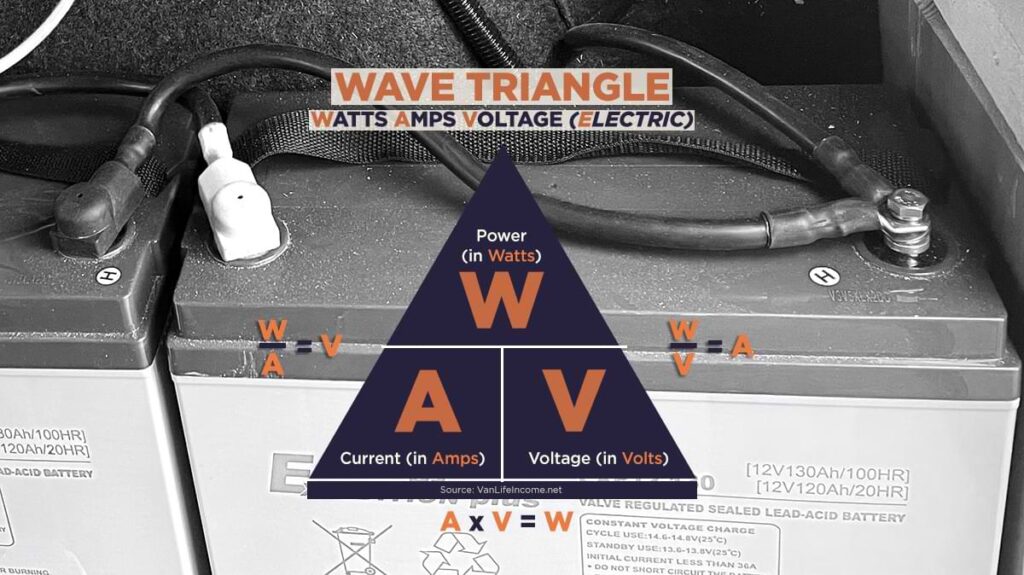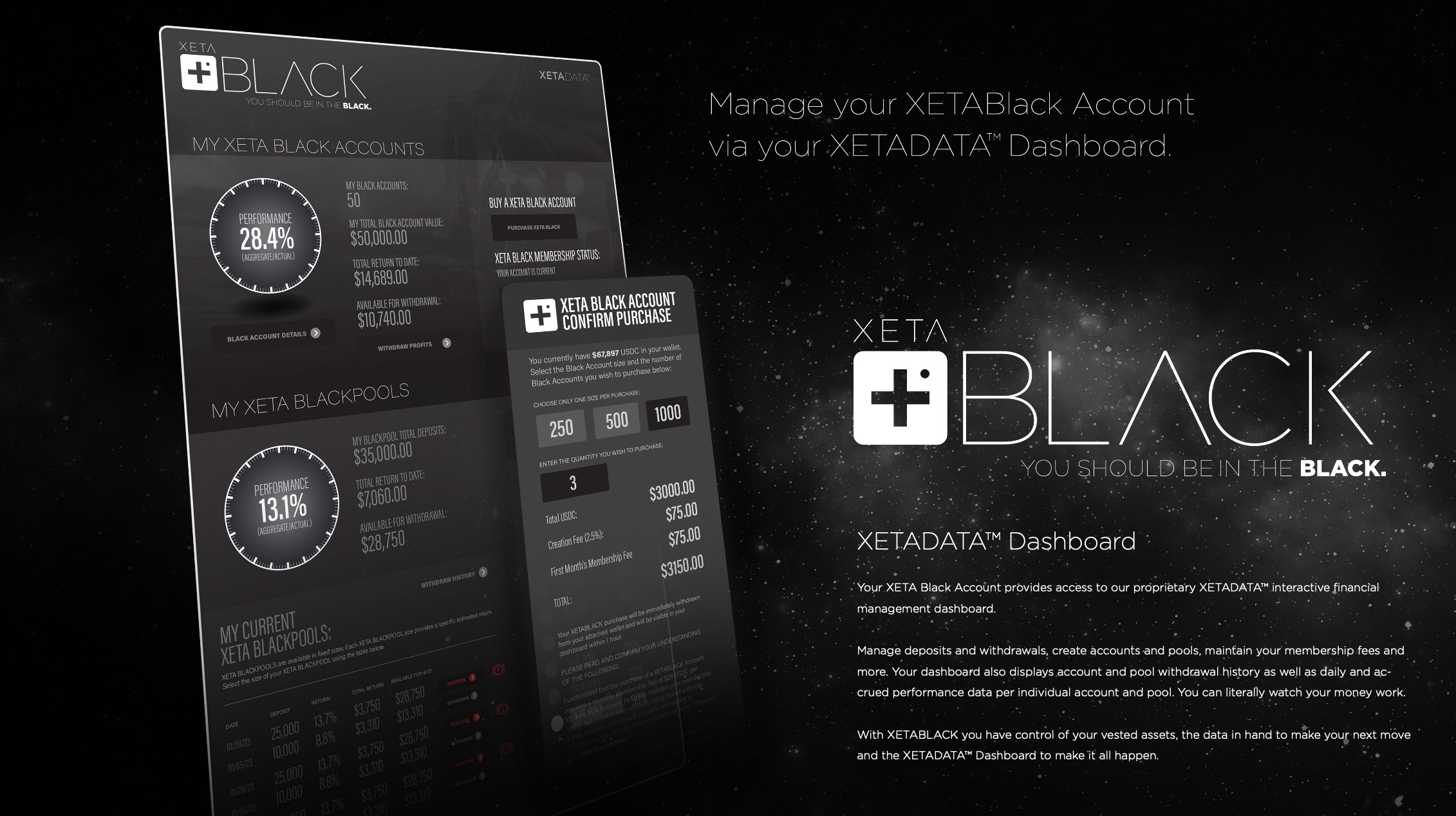When we first got our van, we thought we might not put any solar power in it because we’d went the ‘budget’ route and thought we would only be using it for several short-ish trips before upgrading ie not really needing to work on the road too often.
However, we changed our minds.
Mainly because the cost of a budget solar power system has come down so much, but also because it was another good opportunity to do something that might seem more daunting on an expensive van. Plus, if it helped us extend our stay wild camping, that would be a bonus.

Calculating solar power requirements
We didn’t do any specific calculations for solar requirements as we had a budget and a limited space on the roof — and the plan max this out with whatever we could get!
We already knew our general power usage from deciding what AGM batteries to purchase for our van conversion and so had a ballpark idea of what solar power might do for us and be able to power (ie. not a lot in Ireland 🤣).
After solar panels, the first thing our research led us to were charge controllers.
What is a charge controller and why do I need one?
Solar panels soak up and generate energy from the sun, which obviously varies. When the sun is strong there is more energy and thus your panels will produce more power (watts) than when it is cloudy.
A charge controller regulates the flow of power coming from the solar panels into your batteries (which are rather sensitive little things), ensuring they are fed at the correct rate consistently and do not overcharge (i.e break!).
It does this by adjusting the current (amps) up or down in an attempt to maintain a voltage of around 14.7V (for AGM batteries – this is a great article from Alpha Batteries, the people we purchased our leisure batteries from: https://www.alpha-batteries.co.uk/blog/a-detailed-guide-to-agm-batteries/). What it actually accomplishes can be very different!
Remember the ‘WAVE' triangle?

Well, your charge controller regulates according to that.
There are two types of charge controller. The cheap PWM (Pulse Width Modulation) and the more expensive MPPT (Maximum Power Point Tracking).
Very briefly, the MPPT is more efficient and it can operate even when cloudy, adjusting the voltage according to the WAV triangle, whereas the PWM pulses on and off…and when there’s not enough sun, it pretty much shuts down. Also, with the PWM controller, panel voltage and battery voltage need to be paired correctly, whereas MPPT is more forgiving and allows for expansion.
What solar power solution did we go for?
We considered both rigid and flexible. We also looked at mobile / folding options which would not have required a hard/fixed install and we could have taken with us if/when we upgraded the van. And we looked at the various charge controllers, both the MPWM and MPPT units.

Our preferred choice was the ECO-WORTHY 130w flexible solar panels, which have a slightly larger surface area that others and would have given us 260 watts instead of 200W, however they couldn’t ship to Northern Ireland😔.

What we ended up with was 2 x 100W flexible monocrystalline panels, purchased via a kit. The XINPUGUANG 200W Solar Kit 2pcs 100w 18v Flexible we purchased came with the required cables and a basic PWM charge controller.

There are several budget kits available that have similar specs such as solar cell efficiency and max power.
Why did we choose this solution?
Flexible panels are much easier to install than rigid and are also much lighter.
Getting a ‘kit’ meant we did not need to worry so much about choosing the correct charge controller or cables.
The mobile/folding options would not have been practical on their own, however (subject to ‘clutter’) we will definitely consider them when going to sunnier climates where we might like to be parked up in the shade.
There wasn’t enough notable difference in the performance between the budget and the more expensive ‘brands’.
We were tempted to upgrade the charge controller and might still doso, however for now, we’re testing with the PWM included with the kit and it’s been enough for our usage.
Also, we have excellent AGM leisure batteries (2 X 130Ah), a high quality starter battery with a voltage sensitive relay (VSR) that appears to be extremely efficient and we expect to be moving every few days so our batteries charge pretty quickly.
All our electrics are 12V: no energy-intensive devices or 240 inverter.
If your energy requirements are more significant and/or your battery situation is different, obviously a different solution may be more appropriate for you.
What else did we need?
Just some strong adhesive and flashing tape to finish.
We used CT1 sealant and unbranded butyl rubber sealing tape. I should have probably ordered an entry gland to finish it off better, but I was too enthusiastic and just wanted to get it finished so used a combination of CT1, Sikaflex and a home-made grommet. Doesn’t look great but does the job!
We also had to drill through the roof and used some of this handy Trefolex cutting compound to make life a little easier…especially considering the drill bit we used was missing half its teeth 😬. The tub looks like it was made in the 80's but it did a grand job. Cheers, da!
Oh, and as an extra we added a consumption performance monitor so we could see how much the panels were generating.
NOTE: always test your setup before you commit!

We tested briefly at home, then took them on the road for a day working by the beach and monitored their output and that each panel was working before mounting them permanently.
How did we connect the solar panels?
We wired ours in parallel. It was a bit of a toss-up to be honest and we decided on parallel so they are independent of each other – i.e. in case one gets damaged or is sitting in shade, the other will continue to operate independently.
I also wasn't sure which was the best direction to lay the solar panels due our roof being ‘ribbed' sideways, across the van. There didn’t seem to be much discussion around this online and eventually I decided to lay them lengthwise.

We have a Renault Master mk 2 which has raised ‘rails’ along the sides, so despite our panels being raised slightly due to the ribbed roof, they were reasonably protected from side wind as the ‘rails' were higher.
The width of the panels didn’t really line up nicely for doing them sideways anyway, due to the spacing between the ‘ribs’ in the ribbed roof.
There's plenty of space for water to drain and any heat to dissipate and laying them this way meant my cables were near where I intended to drill the hole.
How have they performed?
We don’t get a lot of sun here in Ireland and we rarely stay anywhere longer than two nights so we have not given them a thorough ‘testing’, but they seem to work as expected and give us a little bit more confidence when we are parked up for a few days working.
On a decent day, we were pulling 6+ amps in full midday sun (the max we could expect to get is 10), however with the Irish weather in September, it was more like 3 amps most of the time.

The main thing to understand is your power consumption so you can work out roughly how much the solar will help provide for that usage. If you’ve got your batteries already, hopefully you’ve already done this (if not, check this out: https://vanlifeincome.net/leisure-batteries-calculating-power-requirements)
For example, in Ireland 4 hours at 3 amps gives us around 12 amps which is enough to power both Macbooks for 1-2 hours. However, when we head to sunny Spain, that could be 6 hours at 7 amps, providing around 42 amps which could power them for 5 hours. Big difference!
And what about the dodgy install?
Well, at time of writing, we’ve probably done about 1,000 miles with them mounted, almost half of which would have been at high speed on the motorway and the majority of the other half on tiny bumpy ‘single file’ roads around the south and south-west coast of Ireland with plenty of wind and rain…

…and the panels are still on the roof so I’d say the CT1 and tape have done a decent enough job!
Seriously; after a few inspections, they seem to be firmly attached. #phew
We’re still considering doing a comparison with a MPPT controller…watch this space!








